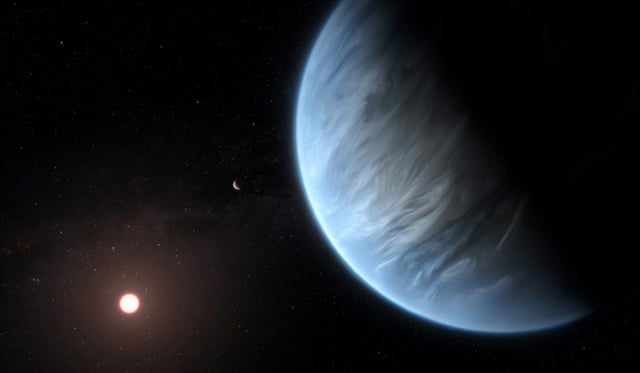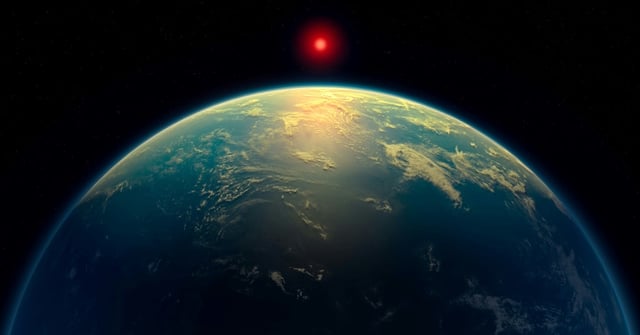Overview
- In April 2025, a Cambridge-led team claimed to detect dimethyl sulfide (DMS) and dimethyl disulfide (DMDS) on exoplanet K2-18b, potential biosignatures linked to life on Earth.
- Three independent reanalyses, including studies from Arizona State and Chicago universities, found no statistically significant evidence for DMS or DMDS in the data.
- Alternative analyses identified dozens to hundreds of other molecules, such as propyne and ethane, that could explain the observed spectral signals without indicating life.
- Madhusudhan's team expanded their chemical survey to 650 possible species and still ranked DMS among the top candidates, though DMDS was excluded.
- The scientific community agrees that further high-precision observations from the James Webb Space Telescope, expected next year, are essential to resolve the controversy.

